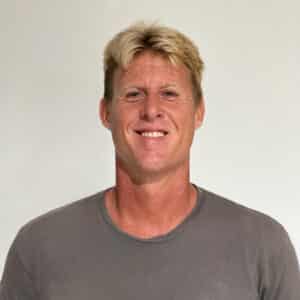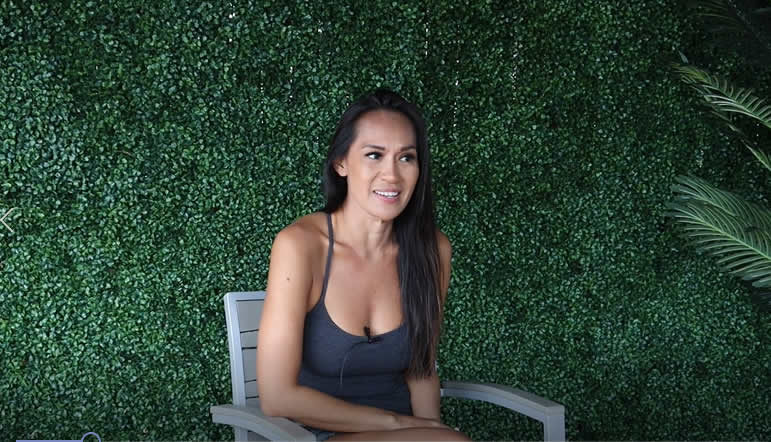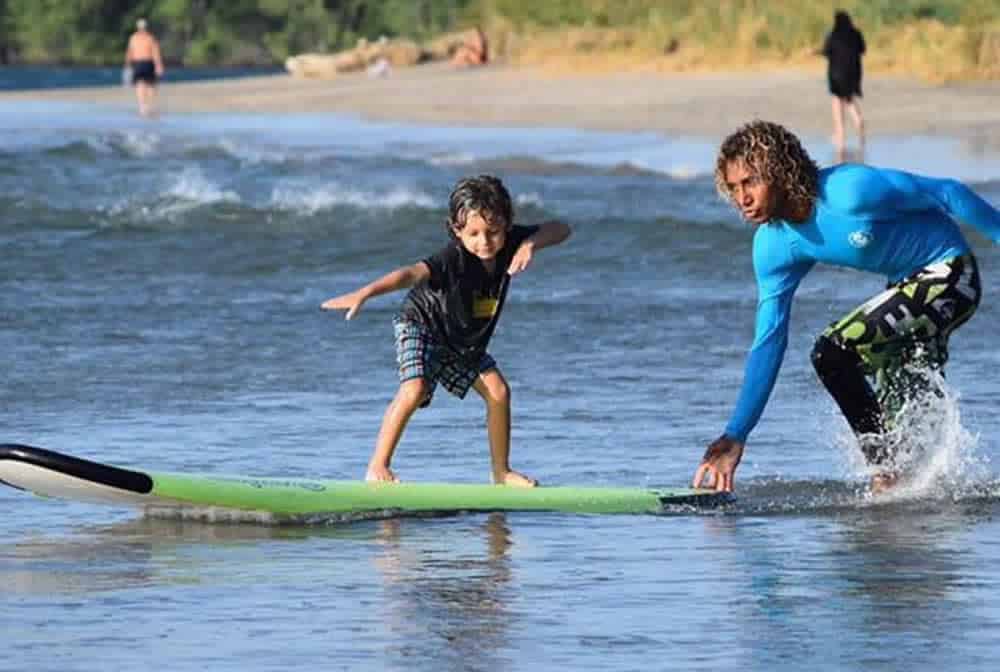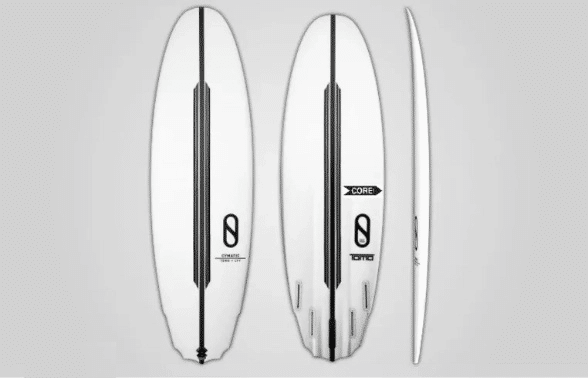Today’s modern thruster (three fin shortboard) has become the typical image associated with surfing. And while progression is the goal of the beginner surfer, everyone wants to eventually wind up riding the coveted shortboard – capable of fast turns and big airs. But how exactly did the modern shortboard come to be? To answer that question, let’s break down the evolution of the surfboard from the beginning.
1700’s
In 1778, Captain James Cook landed in Hawaii and European explorers encountered surfing for the first time. Early Polynesians rode a variety of boards, often as long as 25 feet and weighing up to 150 pounds. These boards were shaped out from Koa or Wiliwili trees. In ancient Hawaii, surfing was associated with religion and was often performed immediately after religious ceremonies or prayers.
Early 1900’s
Fast forward two hundred or so years, and you’ll find George Freeth giving surfing demonstrations up and down the California coast on his signature redwood surfboard. While most redwood boards at the time were up to 16 feet in length, the talented George Freeth rode a cut-down version that stood just over 8 feet tall.
1920’s
Tom Blake decides he’s had enough with his heavy redwood board, and drills holes in it to make it lighter and faster. This board is dubbed the “Cigar Board,” and would eventually become the first mass-produced surfboard.
1930’s
Shapers trade out heavy redwood for lightweight balsa, decreasing the weight of a surfboard from 100 pounds to 30 pounds. The tail of boards becomes tapered, a more hydrodynamic design that allows surfers to cut and ride in the barrel. Tom Blake in Hawaii and Bob Simmons in California experiment with fixed fins to make turning a breeze
1940’s
As World War II rages on, Bob Simmons continues to experiment, now with the rails and shape of the board, adding curves, foils, and distinct edges to the board. All of this, with knowledge Simmons picked up from a Naval Engineering book he happened upon during his time at Caltech. Simmons would later experiment with fiberglass resin.
1950’s
Fiberglass resin, invented in the 30’s became widely available after World War II. Balsa boards were now being coated in fiberglass, shapes would start to resemble what we know as the classic longboard. At this time, surf shops began to open, and surfboards became a commercial product. One of the earliest surf shops in California was started by Dale Velzy. In the mid 50’s Greg Noll, Miki Dora, and George Downing were charging big waves in Hawaii. Downing was one of the big names responsible for creating the “Big Wave Gun.”
1960’s
The increased availability of manufacturing materials in the 50’s along with famous films such as Gidget and The Endless Summer caused an eruption of surf culture. Boards were now made entirely out of fiberglass, although some balsa boards did stick around, and maintained their long shape until the end of the decade.
1970’s
In the late 60’s and early 70’s the shortboard finally emerged. Boards dropped from 10 feet in length to 6 feet. This new design allowed surfers to ride right in the pocket of the wave, earning them the nickname “pocket rocket” made by Dick Brewer. In 1966 Nat Young won the world title on a shortboard and cemented them into surfing history. Around the same time, the single fin was replaced by the twin fin, giving way to the famous “Fish” shape. These high volume shortboards are still popular today.
1980’s
The 80s gave way to the board we all know and love, the thruster. In 1981, Aussie surfer Simon Anderson won Bells Beach on his brand new three fin thruster design. While Anderson wasn’t the first to put three fins on a surfboard, his win at Bell’s Beach, in which he showcased a high level of maneuverability compared to other surfers, cemented him in surfing history.
1990’s -Today
Surfing has changed a lot over the years, but the one thing that has remained consistent has been our desire to push the sport further and advance how we perform on waves. Today, at any given break, you’ll see a variety of board types: Twin fins, shortboards, longboards, even some finless models. While today’s shortboards are a bit shorter and thicker than those of the 90’s, the concept remains the same.
















